Photos of full-sized plants to help design?
mrzeigler
13 years ago
Related Stories
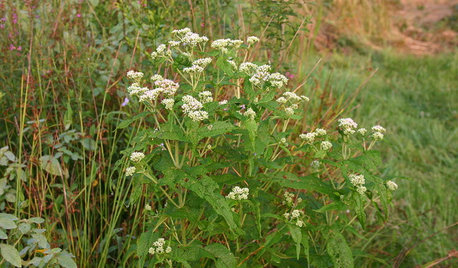
GARDENING GUIDESGreat Design Plant: Common Boneset Helps Good Bugs Thrive
Support bees, moths and butterflies with the nectar of this low-maintenance, versatile and tactile prairie-style plant
Full Story
FLOWERS AND PLANTSHelp Monarchs and Other Butterflies by Planting Common Milkweed
Summer-blooming Asclepias syriaca is an important larval host plant for the monarch butterfly and attracts a number of pollinating insects
Full Story
LANDSCAPE DESIGNNative Plants Help You Find Your Garden Style
Imagine the garden of your dreams designed with plants indigenous to your region
Full Story
GARDENING GUIDES8 Unthirsty Plants Help You Save Water in Style
Spend less effort and money on your landscape with drought-tolerant and native plants that liven up your yard
Full Story
MOST POPULAR7 Ways to Design Your Kitchen to Help You Lose Weight
In his new book, Slim by Design, eating-behavior expert Brian Wansink shows us how to get our kitchens working better
Full Story
STANDARD MEASUREMENTSThe Right Dimensions for Your Porch
Depth, width, proportion and detailing all contribute to the comfort and functionality of this transitional space
Full Story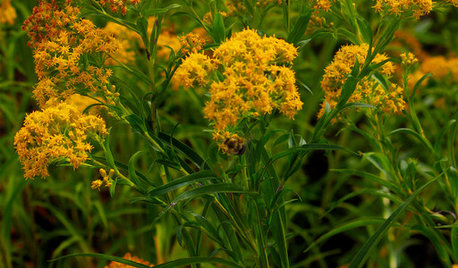
FLOWERS AND PLANTSThis Sunny Yellow Flower Helps Fall Pollinators and Landscapes
Oligoneuron riddellii’s distinct grass-like leaves and bright flowers jazz up the garden in the upper Midwest and Central Plains
Full Story
ORGANIZINGHelp for Whittling Down the Photo Pile
Consider these 6 points your personal pare-down assistant, making organizing your photo collection easier
Full Story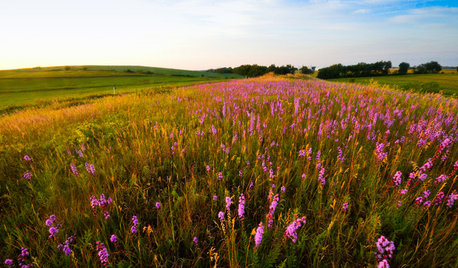
GARDENING GUIDESHelp Fuel the Monarch Migration With These 6 Prairie Plants
Try these nectar-rich beauties and help autumn monarchs
Full Story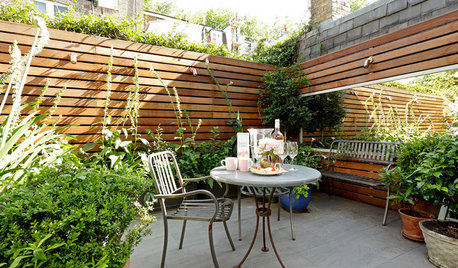
CONTAINER GARDENSPocket Gardens, Pint-Size Patios and Urban Backyards
A compact outdoor space can be a beautiful garden room with the right mix of plantings, furniture and creativity
Full StoryMore Discussions







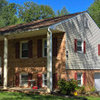

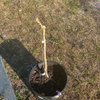
gardengal48 (PNW Z8/9)
mrzeiglerOriginal Author
Related Professionals
West Milford Landscape Architects & Landscape Designers · Ashburn Landscape Architects & Landscape Designers · Clemson Landscape Architects & Landscape Designers · Seabrook Landscape Architects & Landscape Designers · North Canton Landscape Contractors · Soddy Daisy Landscape Contractors · Wallingford Landscape Contractors · Golden Valley Landscape Contractors · Lebanon Decks, Patios & Outdoor Enclosures · Palo Alto Decks, Patios & Outdoor Enclosures · Riverside Decks, Patios & Outdoor Enclosures · Royal Oak Decks, Patios & Outdoor Enclosures · Towson Decks, Patios & Outdoor Enclosures · Pleasant Grove Decks, Patios & Outdoor Enclosures · Laguna Beach Stone, Pavers & Concretekarinl
bahia